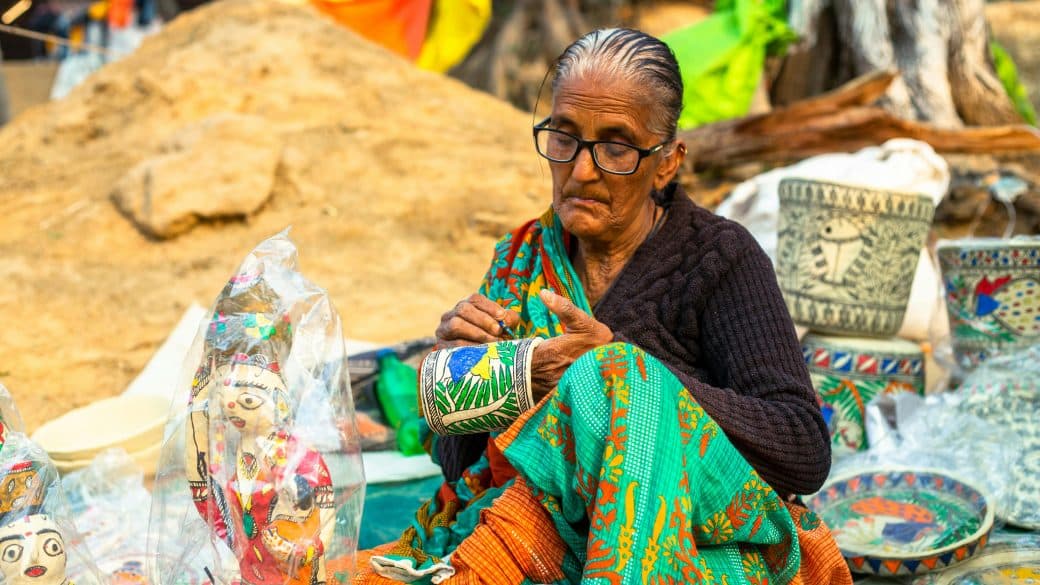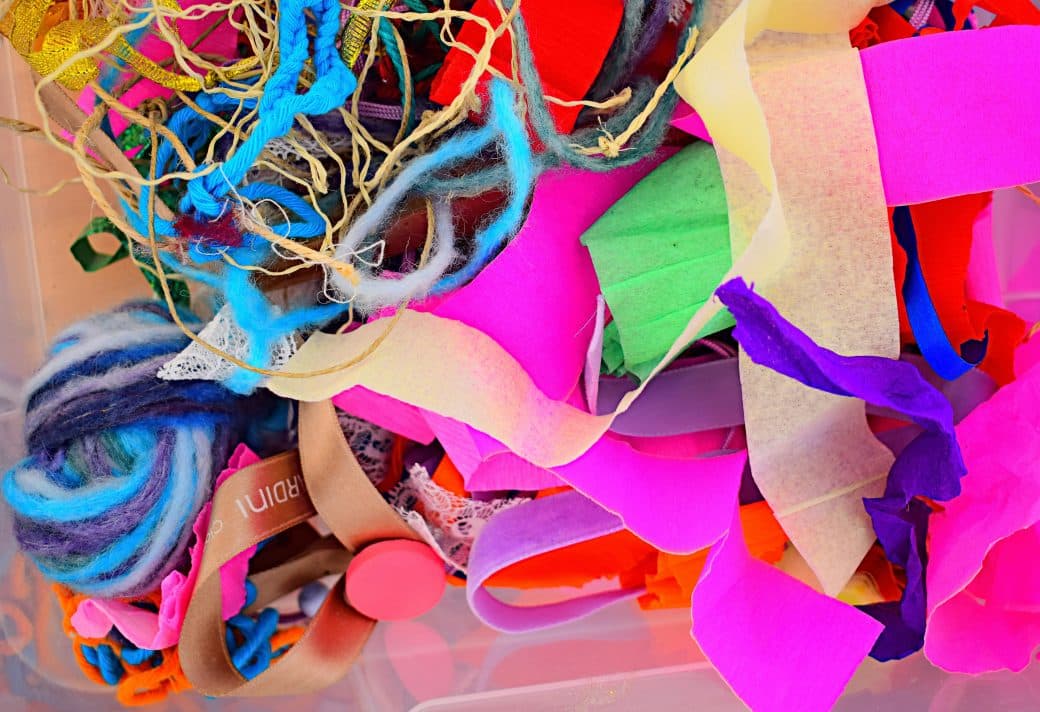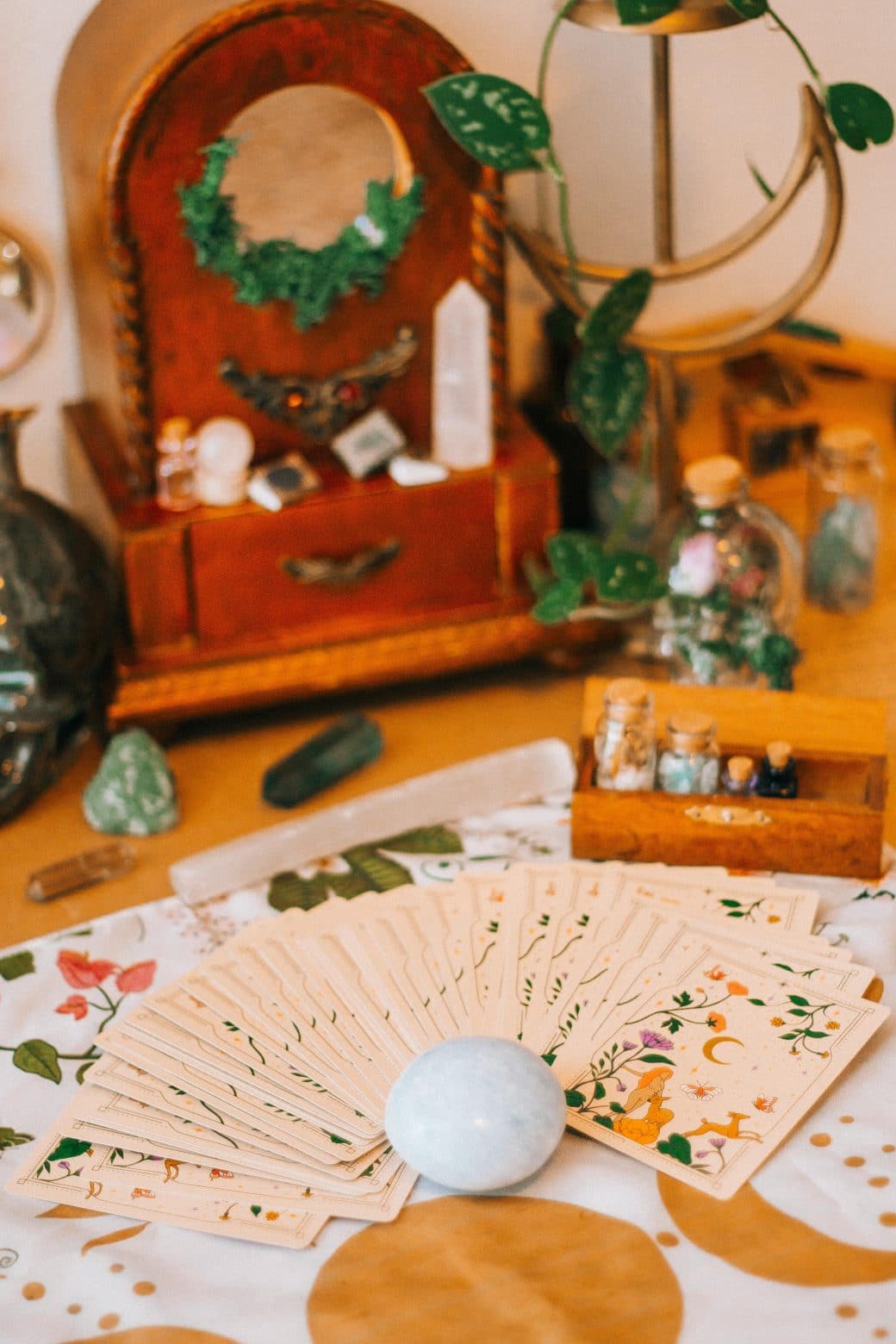Have you ever wondered what magic lies behind the creation of exquisite bead jewelry? Well, let me take you on a fascinating journey into the world of bead jewelry making. I’m about to unveil some of the most captivating secrets that transform simple beads into stunning pieces of wearable art. From selecting the perfect materials to mastering intricate techniques, I’m going to share insights that will ignite your creativity and perhaps inspire you to craft your own unique adornments. Get ready to unlock the mysteries that make bead jewelry not just accessories, but masterpieces.
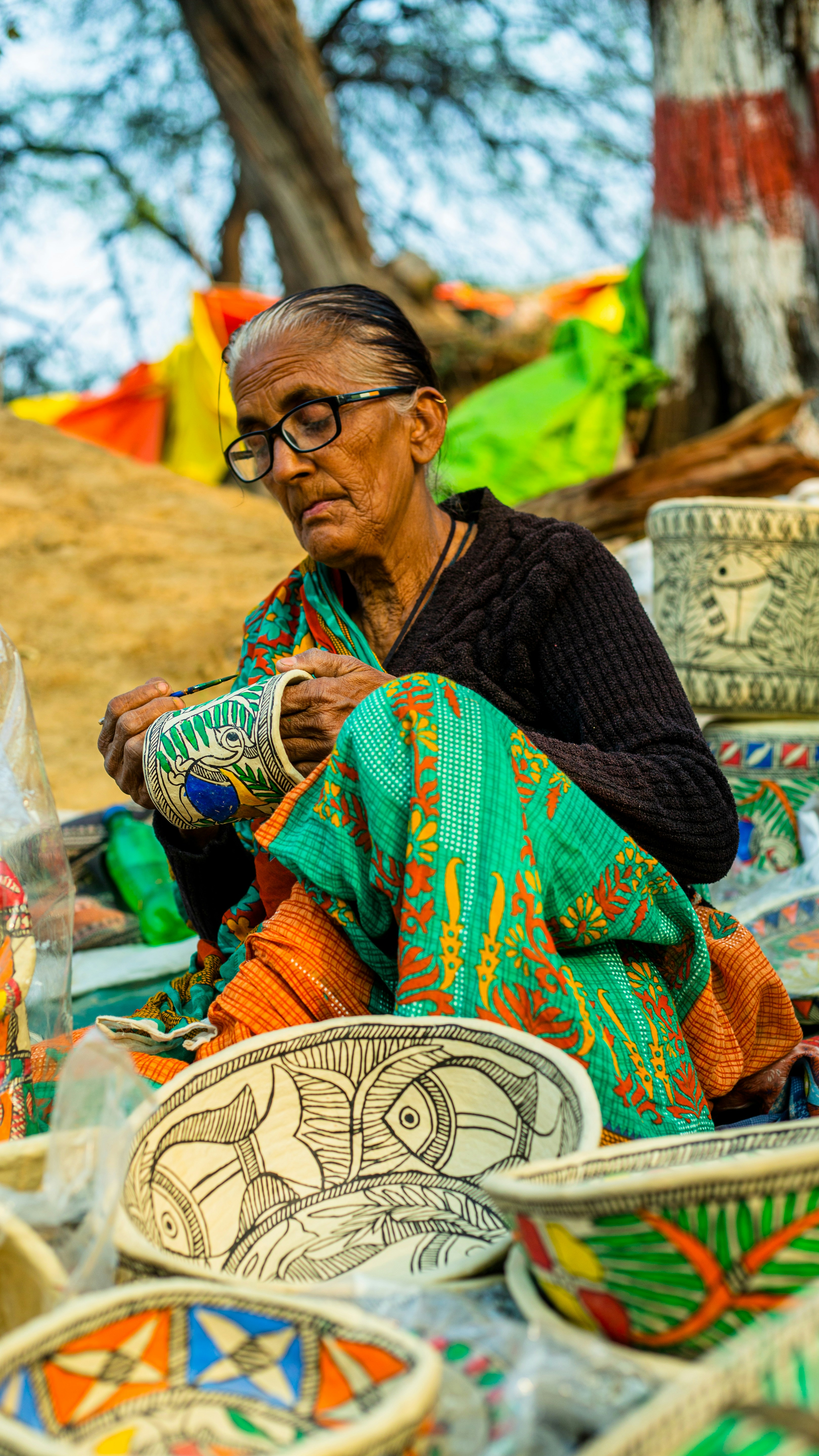
Understanding the Basics of Bead Jewelry Making
Creating bead jewelry is not just about stringing random beads together; it’s an art form, a way of expressing creativity that goes beyond mere aesthetics. For someone as passionate about crafts as I am, diving into the world of bead jewelry making has been a fascinating journey. Right from understanding the tools of the trade to mastering various techniques, each step has been a learning experience. Let’s start with the basics.
Tools needed for crafting bead jewelry
Before you start, gathering the right tools is essential. In my experience, a few must-haves include needle-nose pliers, wire cutters, and a good set of tweezers. These tools have been my faithful companions, enabling me to manipulate wires and handle small beads with precision. Additionally, a bead mat has been a lifesaver, preventing beads from rolling off my workspace. Over time, I realized investing in quality tools pays off, making the crafting process smoother and more enjoyable.
Types of beads suitable for jewelry
The beads you choose can dramatically change the appearance of your jewelry. I’ve experimented with various types, from the elegance of glass beads to the earthy charm of wooden beads. Each type brings its unique texture and color to the design. For instance, seed beads are perfect for intricate patterns, while larger statement beads can serve as focal points. Exploring different beads has been an adventure, opening up endless possibilities for creativity.
Introduction to basic bead jewelry techniques
Learning the basic techniques is like building a foundation for your bead jewelry making. Simple stringing and knotting were where I started. It’s amazing how just by mastering these, you can create a variety of designs. Techniques such as crimping, which involves securing the beads with crimp beads or tubes, also add a professional touch to the jewelry. With practice, these basic techniques have become second nature to me, allowing me to focus on the artistry of my designs.
Secrets to Mastering Bead Stringing
Stringing beads might seem straightforward, but mastering it has its nuances.
Distinguishing between different stringing materials
Choosing the right stringing material is crucial. I’ve learned through trial and error that not all materials work well with every bead type. Nylon threads are flexible and durable, ideal for most projects. Wire, on the other hand, offers structure for heavier beads. The choice of material greatly affects the drape and wearability of the finished piece, something I always keep in mind while planning my projects.
Learning suitable stringing techniques
Adopting suitable stringing techniques can make or break a design. Over time, I’ve gotten accustomed to using a beading needle for finer beads, which makes threading a breeze. Employing spacer beads has allowed me to create intricate patterns and ensure even spacing. This level of attention to detail has significantly upped the quality of my jewelry.
Fixing common stringing issues and problems
Encountering issues like tangling and breaking is part and parcel of the bead stringing process. I’ve learned the importance of patience and the skill of troubleshooting on the fly. For instance, applying a bit of beeswax to the thread can prevent fraying and tangling. These fixes have often turned frustrating moments into opportunities for learning and innovation.

Essential Wire Wrapping Techniques
Wire wrapping is a game-changer in bead jewelry making, offering both functionality and decorative appeal.
Understanding the fundamentals of wire wrapping
Grasping the fundamentals of wire wrapping was a turning point for me. It involves manipulating wire to secure beads and create links or decorative elements. The choice of wire, from its gauge to its hardness, directly impacts the outcome. Mastering this technique has allowed me to add durability and complexity to my designs.
Common wire wrapping patterns for beads
Experimenting with common wire wrapping patterns has been a creative outlet. From simple loops to intricate coils, each pattern adds a unique touch to the jewelry. Practice has been key in achieving consistency and finesse, turning basic beads into stunning pieces.
How to prevent wire wrapping errors
Preventing errors comes down to mindfulness and technique. Maintaining even pressure and using the right tools for bending and cutting have been crucial. I’ve learned that taking my time, rather than rushing, leads to fewer mistakes and a more enjoyable crafting experience.
Creating Memorable Beaded Necklaces
Necklaces, with their varying designs and lengths, are my favorite pieces to create.
Crafting unique necklace designs
To craft unique necklace designs, I draw inspiration from everywhere—nature, fashion, even architecture. Mixing different bead types and playing with color schemes has resulted in some of my most memorable pieces. Achieving uniqueness often means stepping out of my comfort zone and experimenting with new ideas.
Choosing the right necklace length
Selecting the right necklace length is more important than it might seem. It can affect the overall look and feel of the necklace, as well as how it pairs with different outfits. I often use myself or a mannequin as a model to gauge how a necklace sits. This practical approach ensures the finished piece is not just beautiful but also wearable.
Tips for beading necklaces effectively
Efficiency in beading necklaces comes with preparation. Organizing beads beforehand and sketching out designs has saved me from mid-project indecision. Also, using a bead board to lay out the pattern has been a game-changer, allowing me to visualize and adjust the design before stringing begins.
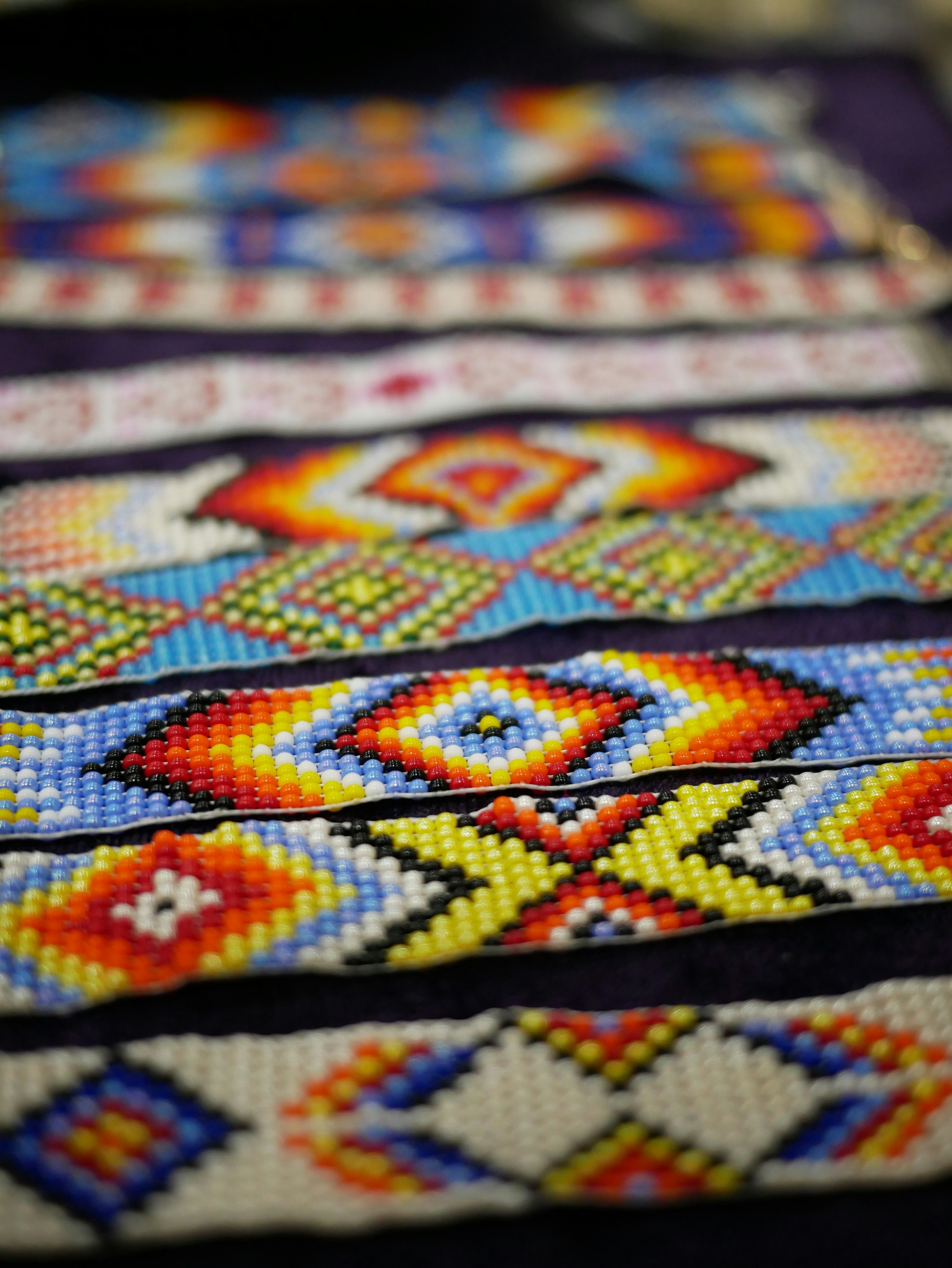
Crafting Stunning Bead Bracelets
Bracelets offer a canvas for creativity, from simple designs to complex patterns.
Understanding wrist measurements
Understanding wrist measurements is crucial to crafting bracelets that fit perfectly. I’ve learned to add a little extra length to accommodate the bead width, ensuring the bracelet isn’t too tight. This small adjustment makes a big difference in comfort and wearability.
Tips for designing captivating bead bracelets
Designing captivating bead bracelets is all about balance and harmony. I aim for a mix of bead sizes and colors that complement each other, avoiding clutter. Introducing a focal bead can create a centerpiece that draws the eye, while symmetry adds a pleasing aesthetic. These principles have guided me in creating bracelets that are both beautiful and coherent.
How to string beads for bracelets securely
Securing beads properly is key to durability. Using a strong, appropriate stringing material and finishing with a secure knot or clasp has been my standard practice. I’ve also learned the importance of leaving a little give in the stringing to prevent stretching and breakage. This attention to detail has ensured my bracelets stand the test of time.
Creating Dazzling Bead Earrings
Earrings are a delightful project, offering a chance to create pieces that can make any outfit pop.
Mastering beaded earring designs
Mastering beaded earring designs has allowed me to explore my creativity fully. From studs to dangles, each style offers a unique challenge. I enjoy playing with asymmetry for a modern look or crafting matching sets for a classic appeal. Earrings have become a playground for my wildest design ideas.
Understanding earring hooks and ear wires
The right choice of earring hooks and ear wires can transform an earring design. I’ve experimented with different metals to match skin sensitivities and preferences, ensuring my earrings are as comfortable as they are beautiful. Learning about the various styles and how they affect the dangle of an earring has been enlightening.
How to attach beads to earring findings
Attaching beads securely to earring findings is a skill I’ve honed over time. Whether it’s looping wire or using jump rings, the goal is always to ensure the beads are fastened well, without compromising on the design. Mastering this aspect has enabled me to create earrings that are both durable and aesthetically pleasing.
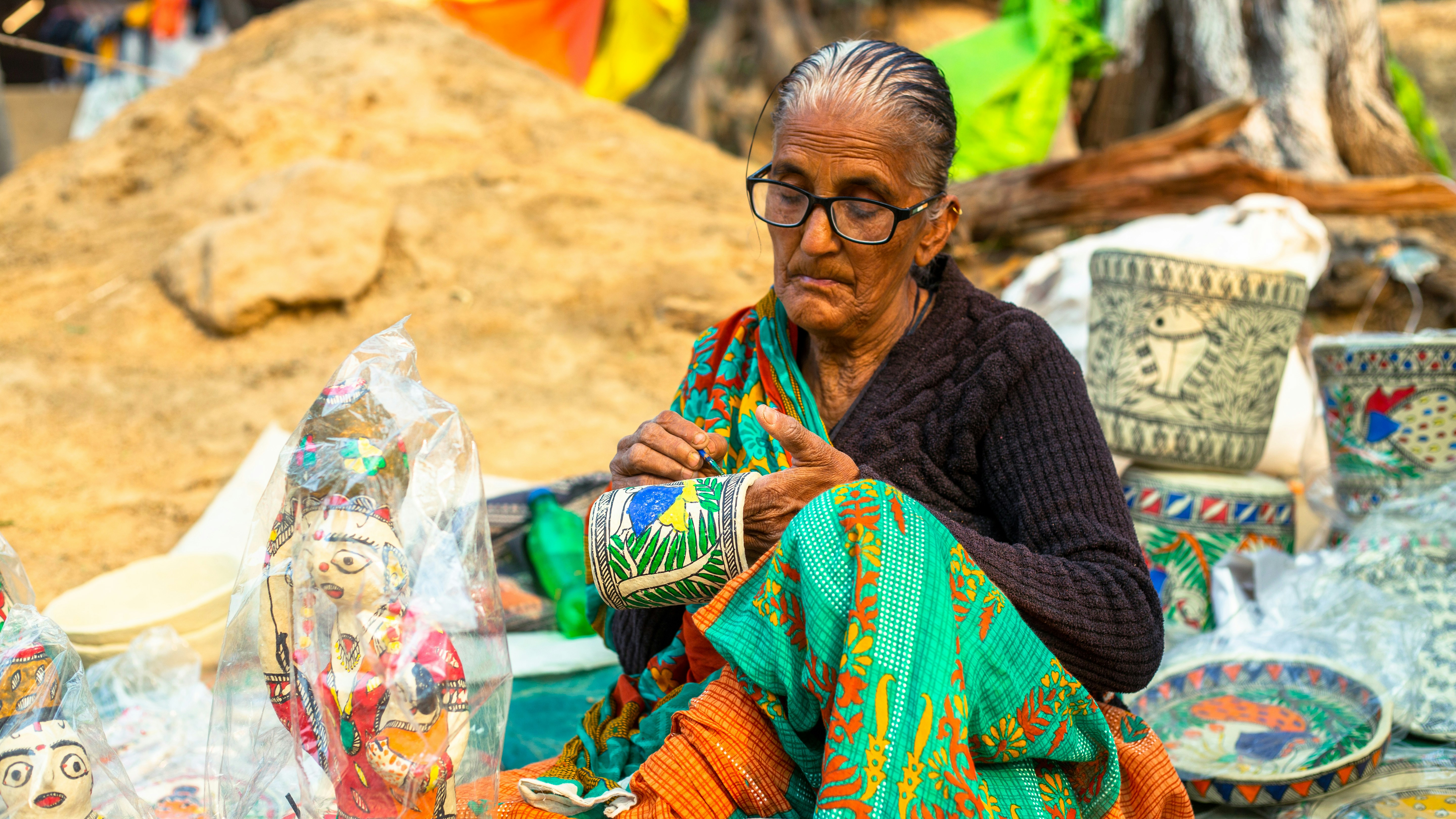
Exploring the World of Bead Weaving
Bead weaving has added a new dimension to my jewelry making, allowing me to create intricate patterns and textures.
Introduction to bead weaving
Diving into bead weaving felt like entering a whole new world. This technique involves sewing beads together to form fabric-like patterns. Starting with simple stitches, I gradually moved to more complex designs. The versatility and detail achievable through bead weaving have been incredibly rewarding.
Different bead weaving stitches and their uses
Exploring different bead weaving stitches has been like learning a new language. Each stitch, from peyote to herringbone, offers a different texture and complexity. Discovering the appropriate uses for each, whether it’s creating flat pieces or dimensional shapes, has expanded my design capabilities exponentially.
Best beads for bead weaving
Selecting the best beads for bead weaving is critical. Uniformity in size and shape, especially in techniques like peyote stitch, ensures a smooth, even finish. I’ve found that smaller beads, like Delicas and seed beads, work best for the precision required in bead weaving. Experimenting with different beads has been both challenging and fun, pushing the boundaries of what I can create.
Delving into Advanced Beading Techniques
As my skills have grown, so has my curiosity for advanced beading techniques.
Exploring bead crochet
Bead crochet has been a fascinating journey. This technique involves incorporating beads into crocheted fabric, creating a textured, rope-like effect. It took patience and practice to master, but the unique results have been worth every moment of frustration.
Understanding peyote stitch
Peyote stitch has been a cornerstone of my advanced beading techniques. Its versatility in creating flat or three-dimensional pieces makes it a go-to for many of my designs. Mastering peyote stitch has opened up a world of possibilities, allowing me to craft complex patterns and shapes.
Mastering right angle weave
Right angle weave was a game-changer for me. This stitch creates a flexible, fabric-like structure that’s perfect for forming intricate jewelry pieces. Learning to navigate its complexity has been rewarding, enabling me to achieve a level of detail and sophistication in my designs I previously thought impossible.
Crafting with Healing Crystal Beads
Incorporating healing crystal beads into my jewelry has added a meaningful dimension to my craft.
Understanding the healing properties of crystal beads
Learning about the healing properties of different crystals has been enlightening. Each type of crystal, from amethyst to rose quartz, carries its own energy and potential benefits. This knowledge has allowed me to create not just visually appealing jewelry but pieces that carry deeper significance.
How to incorporate crystal beads into your designs
Incorporating crystal beads into my designs has been about balance—balancing aesthetics with the energies of the crystals. I’ve found that letting the natural beauty and colors of the crystals guide the design process results in pieces that are harmonious and potent in their healing properties.
Choosing the best crystal beads for jewelry
Selecting the best crystal beads involves considering both their visual appeal and their energy. I’ve learned to trust my intuition, choosing crystals that not only look beautiful but feel right. This intuitive process has led me to create pieces that resonate with both me and those who wear them.
Preserving and Cleaning Beaded Jewelry
Maintaining the beauty and longevity of beaded jewelry is as important as creating it.
Understanding wear and tear on beaded jewelry
Recognizing the signs of wear and tear on beaded jewelry has taught me to appreciate the importance of proper care. Regular wear can strain and damage beads and stringing materials, affecting the jewelry’s appearance and durability. This awareness has prompted me to adopt practices that help preserve my creations.
Simple cleaning methods for beaded jewelry
I’ve discovered that simple cleaning methods can make a significant difference in maintaining beaded jewelry. Gentle wiping with a soft cloth or a mild soap solution can remove dirt and grime without damaging the beads. Regular cleaning not only keeps the jewelry looking its best but also extends its life.
Preserving the longevity of your beaded jewelry
Preserving the longevity of beaded jewelry involves proper storage and handling. I’ve learned to store my jewelry in a way that prevents tangling and exposure to harsh elements. Being mindful of how and when to wear beaded jewelry—avoiding exposure to water, for example—also plays a crucial role in its preservation. These simple practices have helped me keep my beaded creations beautiful for longer.
Crafting bead jewelry has been a journey of continuous learning and creativity. From mastering basic techniques to exploring advanced designs, each step has been filled with discovery and fulfillment. The joy of seeing my ideas come to life, of creating wearable art that brings beauty into the world, is immeasurable. Bead jewelry making is not just a hobby—it’s a passion that nurtures my soul.

